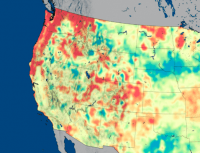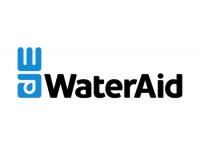Primary Functions
- Provides geospatial data, developed for EPA’s Office of Water Programs, including 303(d) Impaired Waters, 305(b) Waters As Assessed and Total Maximum Daily Loads (TMDLs), are available as prepackaged national downloads or as more current GIS web and data services.
Detailed Description
The WATERS Geospatial data, developed for the EPA’s Office of Water Programs, including 303(d) Impaired Waters, 305(b) Waters As Assessed and Total Maximum Daily Loads (TMDLs), are available as prepackaged national downloads or as more current GIS web and data services. The EPA provides WATERS geospatial data in a variety of formats including Geographical Information Systems (GIS) compatible shapefiles and geodatabases, as well as ESRI and OGC web mapping services. National geospatial datasets provided on this page are produced and periodically updated by the EPA using state-submitted data. These datasets are created based on information in the Reach Address Database (RAD) on the date of extract. To be included in this dataset states and other jurisdictions must have submitted information to the program database and be indexed to NHDPlus reached hydrography.
The developer of the WATERS Geospatial data is the United States Environmental Protection Agency (EPA). The mission of the EPA is to protect human health and the environment.
- 1. all Americans are protected from significant risks to human health and the environment where they live, learn and work;
- 2. national efforts to reduce environmental risk are based on the best available scientific information;
- 3. federal laws protecting human health and the environment are enforced fairly and effectively;
- 4. environmental protection is an integral consideration in U.S. policies concerning natural resources, human health, economic growth, energy, transportation, agriculture, industry, and international trade, and these factors are similarly considered in establishing environmental policy;
- 5. all parts of society # communities, individuals, businesses, and state, local and tribal governments # have access to accurate information sufficient to effectively participate in managing human health and environmental risks;
- 6. environmental protection contributes to making our communities and ecosystems diverse, sustainable and economically productive; and
- 7. the United States plays a leadership role in working with other nations to protect the global environment.







